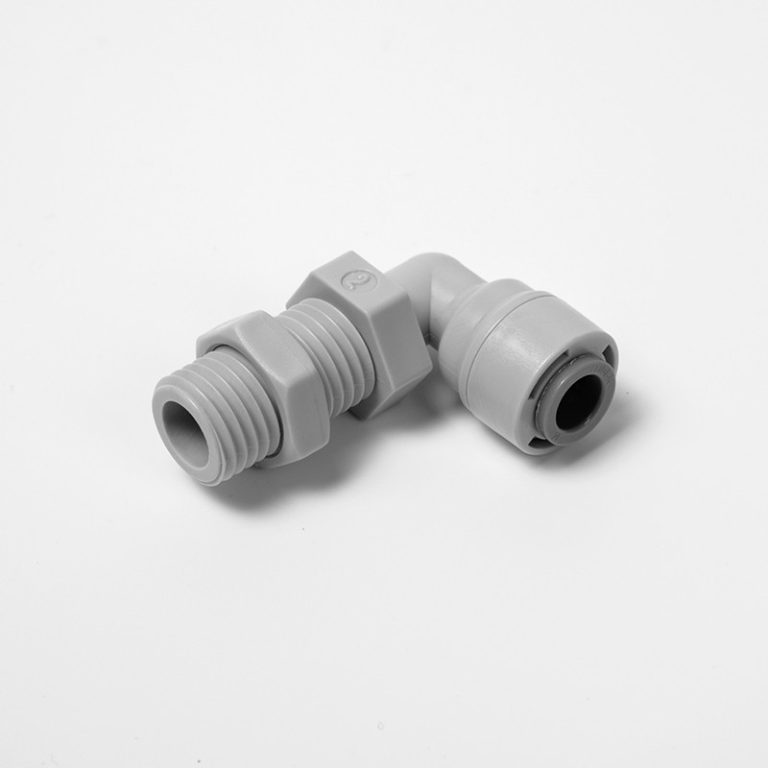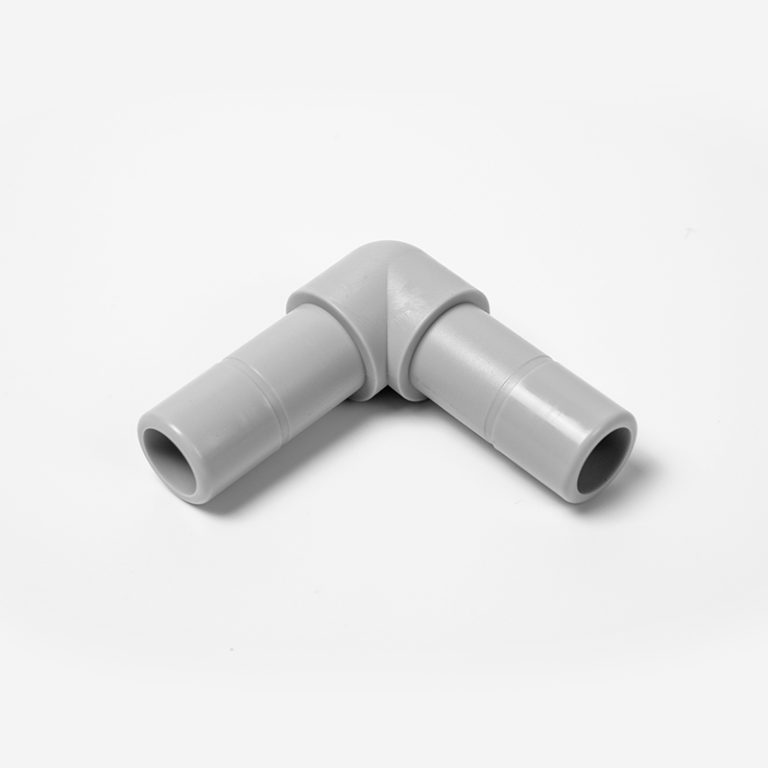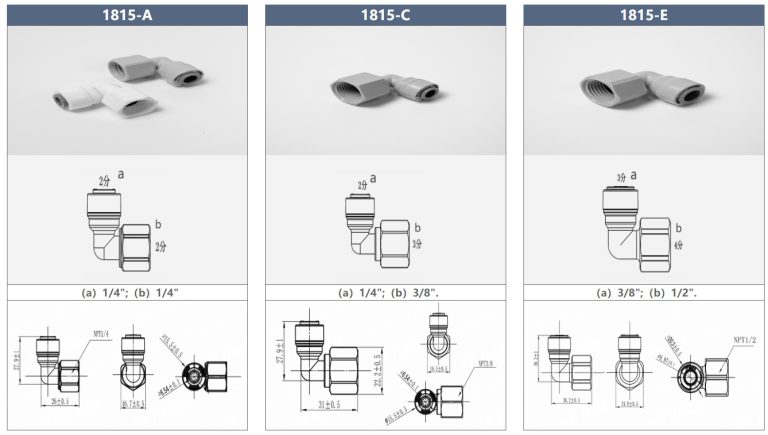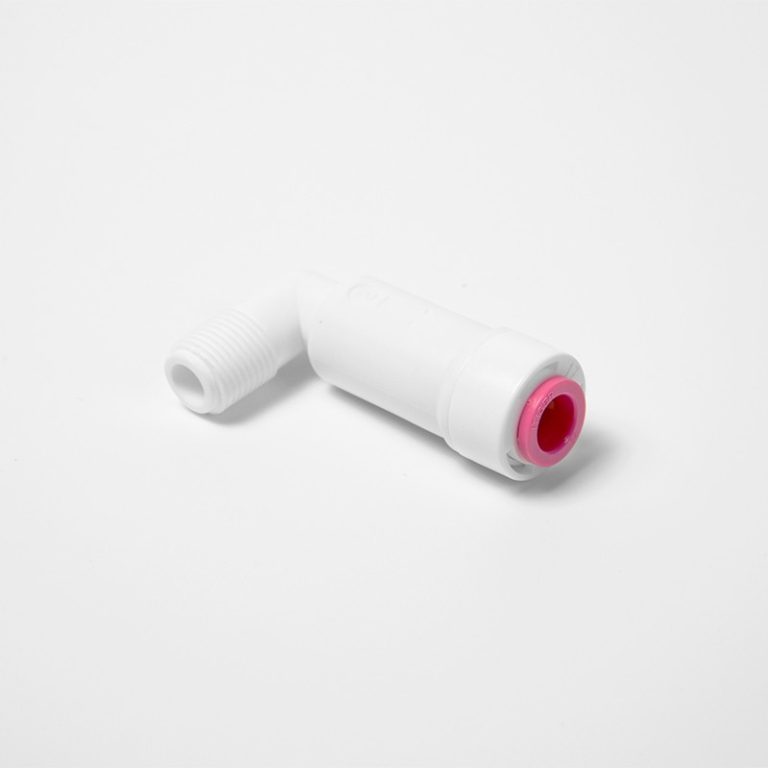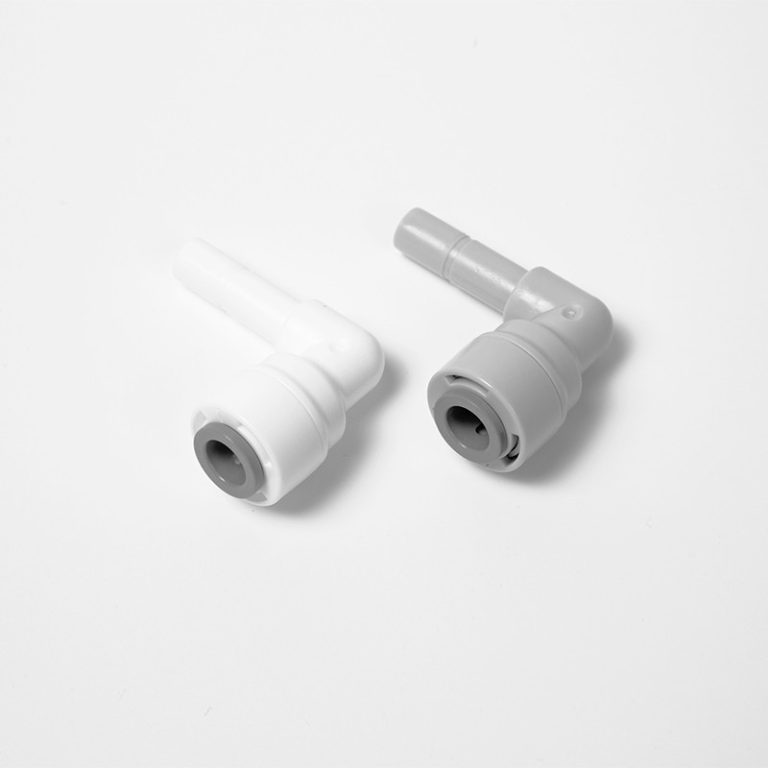Table of Contents
Advantages of Plastic Optical Fiber Connectors in Data Transmission
Plastic optical fiber connectors have become increasingly popular in data transmission due to their numerous advantages. These connectors are made from plastic materials, such as polymethyl methacrylate (PMMA), which offer several benefits over traditional glass fiber connectors.
One of the main advantages of plastic optical fiber connectors is their flexibility. Unlike glass fiber connectors, which are rigid and fragile, plastic optical fiber connectors are more flexible and durable. This flexibility makes them easier to install and handle, reducing the risk of breakage during installation or maintenance.
In addition to their flexibility, plastic optical fiber connectors are also lightweight. This makes them easier to transport and install, as well as reducing the overall weight of the fiber optic system. The lightweight nature of plastic optical fiber connectors also makes them ideal for applications where weight is a concern, such as in aerospace or automotive industries.
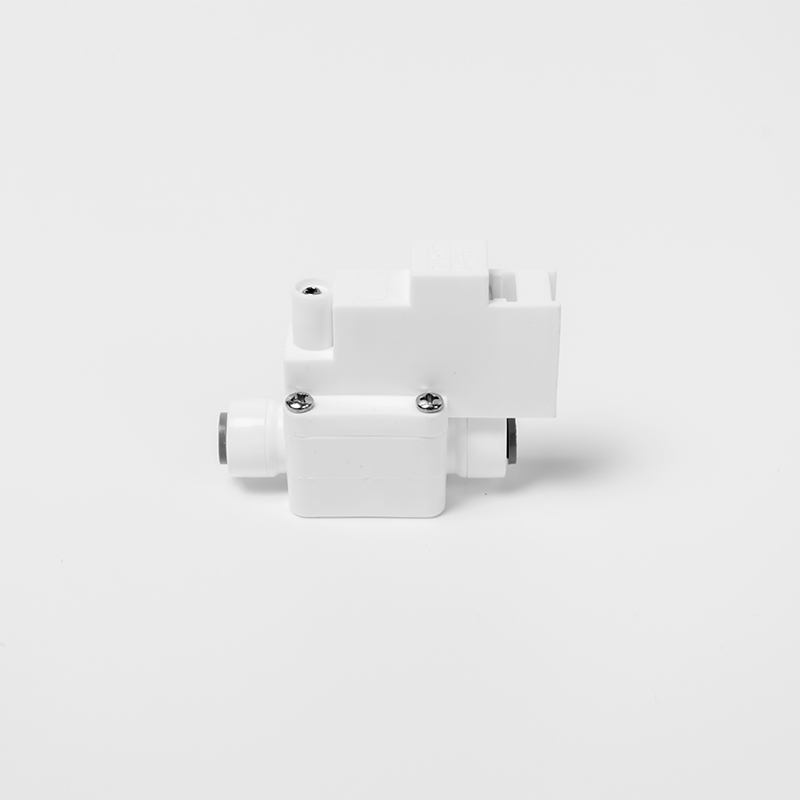
Another advantage of plastic optical fiber connectors is their cost-effectiveness. Plastic materials are generally less expensive than glass, making plastic optical fiber connectors a more affordable option for data transmission systems. This cost-effectiveness can be particularly beneficial for companies looking to reduce their overall expenses without sacrificing performance.
Despite their lower cost, plastic optical fiber connectors still offer high performance. These connectors have low attenuation rates, meaning that they can transmit data over long distances without significant signal loss. This makes them suitable for a wide range of applications, from telecommunications to industrial automation.
Plastic optical fiber connectors also have a high tolerance for bending. This means that they can be bent and twisted without affecting their performance, making them ideal for installations in tight spaces or around corners. The high bend tolerance of plastic optical fiber connectors also reduces the risk of signal loss due to bending, ensuring reliable data transmission.
Furthermore, plastic optical fiber connectors are resistant to electromagnetic interference (EMI) and radio frequency interference (RFI). This makes them suitable for use in environments where these interferences are common, such as in industrial settings or near electronic equipment. The resistance to EMI and RFI ensures that data transmission remains stable and secure, even in challenging conditions.
In conclusion, plastic optical fiber connectors offer numerous advantages in data transmission. Their flexibility, lightweight nature, cost-effectiveness, high performance, bend tolerance, and resistance to interference make them a reliable and efficient option for a wide range of applications. As technology continues to advance, plastic optical fiber connectors are likely to play an increasingly important role in data transmission systems.
How to Properly Install and Maintain Plastic Optical Fiber Connectors
Plastic optical fiber connectors are essential components in optical fiber communication systems, providing a means to connect fiber optic cables and ensure the transmission of data. Proper installation and maintenance of these connectors are crucial to ensure optimal performance and longevity of the system. In this article, we will discuss the steps to properly install and maintain plastic optical fiber connectors.
When installing plastic optical fiber connectors, it is important to first prepare the fiber optic cable by stripping the outer jacket and removing any protective coating. Care must be taken to avoid damaging the delicate fiber optic strands during this process. Once the cable is prepared, the next step is to carefully align the fiber optic strands with the connector and secure them in place using an adhesive. It is important to ensure that the strands are aligned properly to minimize signal loss and ensure a reliable connection.
| Model | Tube(a) | Stem(b) |
|---|---|---|
| 1801-A | 1/4 | 1/4 |
| 1801-C | 1/4 | 3/13 |
After the fiber optic strands are secured in the connector, the next step is to polish the connector to ensure a smooth surface for optimal light transmission. This can be done using a polishing tool specifically designed for plastic optical fiber connectors. Proper polishing is essential to minimize signal loss and ensure a strong connection between the fiber optic cable and the connector.
Once the connector is installed, it is important to regularly inspect and maintain it to ensure optimal performance. This includes checking for any signs of damage or wear, such as cracks or scratches on the connector surface. Any damaged connectors should be replaced immediately to prevent signal loss and ensure reliable data transmission.

In addition to regular inspections, it is also important to clean the connectors periodically to remove any dust or debris that may accumulate on the surface. This can be done using a soft, lint-free cloth or a specialized cleaning solution designed for plastic optical fiber connectors. Care must be taken to avoid using harsh chemicals or abrasive materials that could damage the connector surface.
Proper storage of plastic optical fiber connectors is also important to prevent damage and ensure longevity. Connectors should be stored in a clean, dry environment away from dust and moisture. It is also recommended to use protective caps to cover the connectors when not in use to prevent damage and contamination.
| Connector Model | Size A | Size B | Size C |
| 1821-E | 1/2″ | 3/8″ | 1/2″ |
In conclusion, proper installation and maintenance of plastic optical fiber connectors are essential to ensure optimal performance and longevity of optical fiber communication systems. By following the steps outlined in this article, you can ensure that your connectors are installed correctly, maintained properly, and provide reliable data transmission for years to come. Remember to regularly inspect, clean, and store your connectors to prevent damage and ensure optimal performance.

